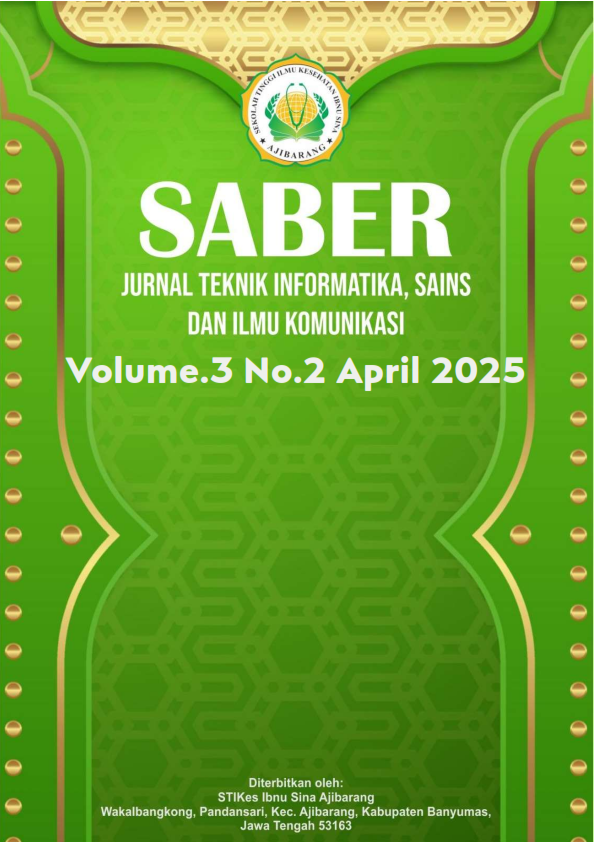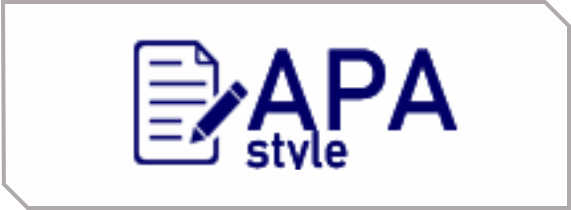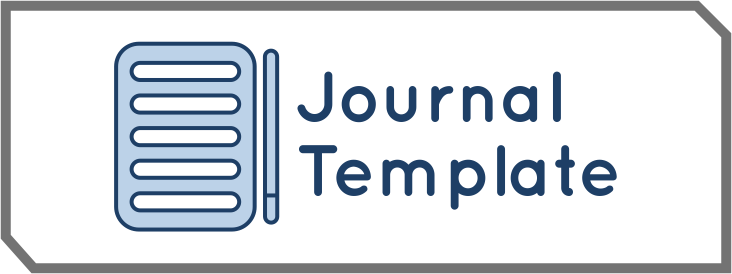Prediksi Klaim Asuransi Perjalanan Menggunakan Machine Learning untuk Optimasi Manajemen Risiko
DOI:
https://doi.org/10.59841/saber.v3i2.2476Keywords:
classification, insurance claim prediction, machine learning, travel insuranceAbstract
Travel insurance provides financial protection for individuals during their trips, both domestically and internationally. With the increasing demand for travel insurance, insurance companies face challenges in efficiently managing claims. This study aims to develop a predictive model to classify whether an insurance policy will be claimed based on historical customer and transaction data. This research utilizes a dataset containing various features related to travel and policyholders, such as agent type, distribution channel, insurance product, travel duration, and premium amount. The methods used include data exploration, feature processing, and the application of machine learning algorithms such as Logistic Regression, Random Forest, and XGBoost. Experimental results indicate that the XGBoost model performs the best, achieving the highest accuracy compared to other models. With this predictive model, insurance companies can optimize claim evaluation processes, reduce fraud risks, and improve operational efficiency in handling travel insurance claims.
References
Antonio, K., Plat, R., & Vellekoop, M. (2019). Machine learning in insurance: Applications and implications. North American Actuarial Journal, 23(3), 370-389.
Armand, F. (2003). Social marketing models for product-based reproductive health programs: A comparative analysis. Occasional Paper Series. Washington, DC. Retrieved from http://www.cmsproject.com
Bator, R. J., Bryan, A. D., & Schultz, P. W. (2011). Who gives a hoot?: Intercept surveys of litterers and disposers. Environment and Behavior, 43(3), 295–315. https://doi.org/10.1177/0013916509356884
Belair, A. R. (2003). Shopping for your self: When marketing becomes a social problem (Doctoral dissertation). Concordia University, Montreal, Quebec, Canada.
Chain, P. (1997). Same or different?: A comparison of the beliefs Australian and Chinese university students hold about learning’s proceedings of AARE conference. Swinburne University. Retrieved from http://www.swin.edu.au/aare/97pap/CHAN97058.html
Chandrashekar, G., & Sahin, F. (2014). A survey on feature selection methods. Computers & Electrical Engineering, 40(1), 16-28.
Hermawan, A., et al. (2024). Membangun model prediksi churn pelanggan yang akurat: Studi kasus tentang TELCO Company. Merkurius: Jurnal Riset Sistem Informasi dan Teknik Informatika, 2(6), 67-81.
Hidayati, S. N. (2016). Pengaruh pendekatan keras dan lunak pemimpin organisasi terhadap kepuasan kerja dan potensi mogok kerja karyawan. Jurnal Maksipreneur: Manajemen, Koperasi, dan Entrepreneurship, 5(2), 57-66. https://doi.org/10.30588/SOSHUMDIK.v5i2.164
Kotler, P., & Lee, N. R. (2009). Up and out of poverty: The social marketing solution. Pearson Education, Inc.
Lindawati. (2015). Analisis faktor yang mempengaruhi perilaku ekonomi dan kesejahteraan rumah tangga petani usahatani terpadu padi-sapi di Provinsi Jawa Barat (Master’s thesis). Institut Pertanian Bogor. Retrieved from http://repository.ipb.ac.id/handle/123456789/85350
LPPSP. (2016). Statistik Indonesia 2016. Badan Pusat Statistik. Retrieved from https://www.LPPSP.go.id/index.php/publikasi/326
Norsyaheera, A. W., Lailatul, F. A. H., Shahid, S. A. M., & Maon, S. N. (2016). The relationship between marketing mix and customer loyalty in hijab industry: The mediating effect of customer satisfaction. Procedia Economics and Finance, 37, 366–371. https://doi.org/10.1016/S2212-5671(16)30138-1
Risdwiyanto, A. (2016). Tas kresek berbayar, ubah perilaku belanja? Kedaulatan Rakyat, 22 Februari, 12.
Risdwiyanto, A., & Kurniyati, Y. (2015). Strategi pemasaran perguruan tinggi swasta di Kabupaten Sleman Yogyakarta berbasis rangsangan pemasaran. Jurnal Maksipreneur: Manajemen, Koperasi, dan Entrepreneurship, 5(1), 1-23. https://doi.org/10.30588/SOSHUMDIK.v5i1.142
StatSoft, Inc. (1997). Electronic statistic textbook. Tulsa, OK: StatSoft Online. Retrieved from http://www.statsoft.com/textbook/stathome.html
Downloads
Published
How to Cite
Issue
Section
License
Copyright (c) 2025 SABER : Jurnal Teknik Informatika, Sains dan Ilmu Komunikasi

This work is licensed under a Creative Commons Attribution-NonCommercial-ShareAlike 4.0 International License.








